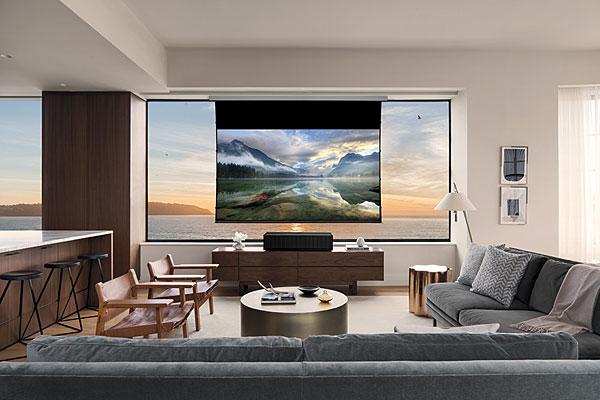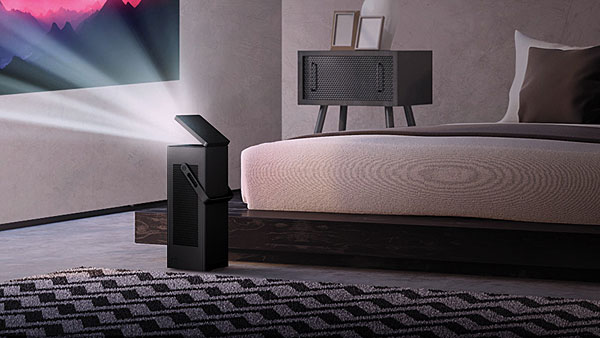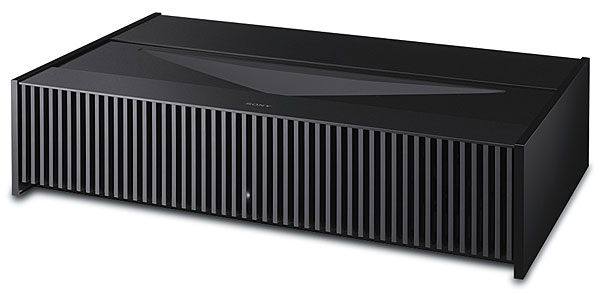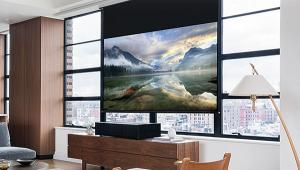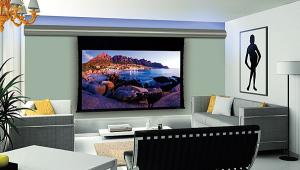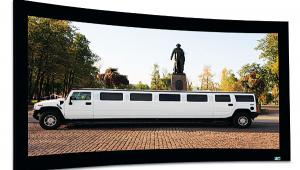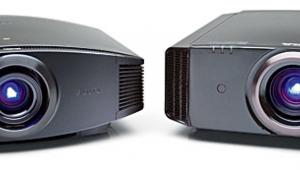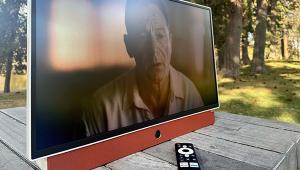The future of Laser light 4k UST projectors in combination with ALR screen is highly promising.
Many of us who already have a dedicated dark room projector are hopeful for what the future may bring.
A 5,000 Lumens laser 4k that matches JVC's DLA contrast and black level, at a somewhat affordable $5,000, would be fantastic.
Such a projector, whether UST or dedicated home theater ceiling mount, would find many eager customers.
S&V is still my preferred source for all reviews, but I confess that both Projector central and Projector reviews publish reviews at a faster rate than S&V. I will not purchase until I read your review though.
Thank you Rob for your commitment to keep us abreast on the latest in the Projector market.
